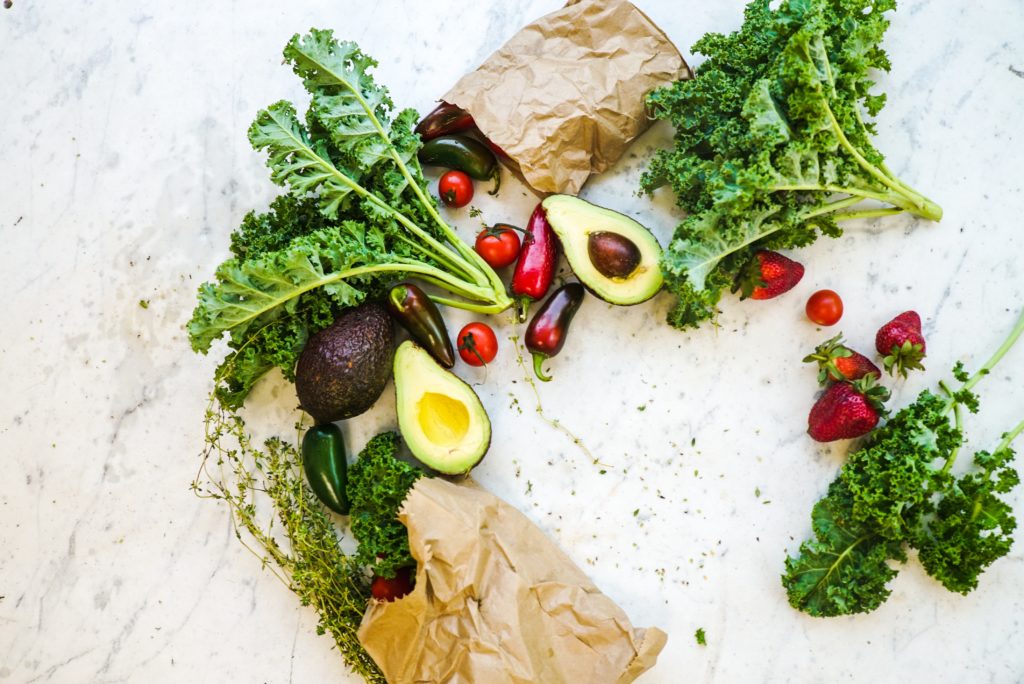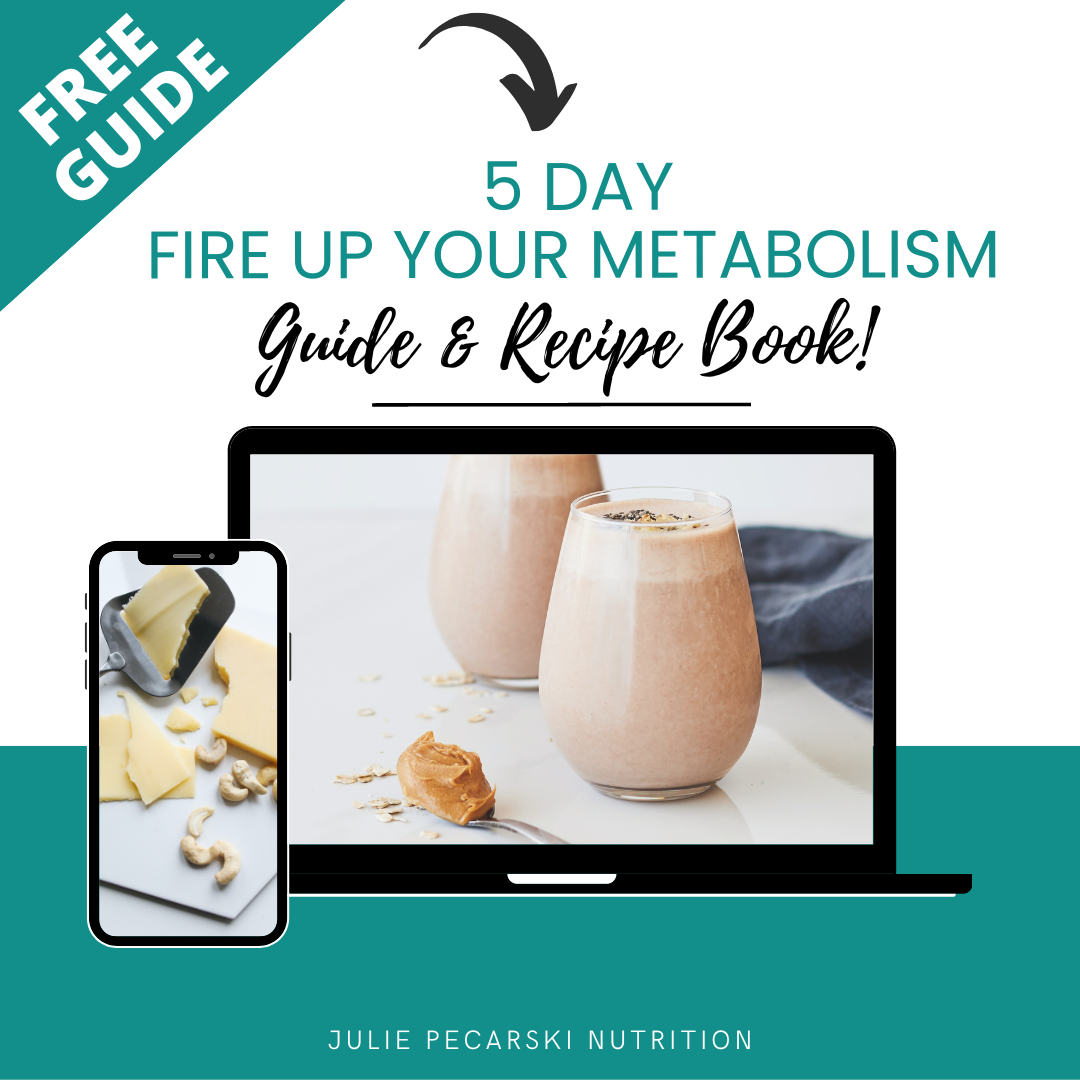
Both low-carb and keto diets have been on the rise over the past couple of years. Certainly, both approaches have shown a lot of success to the women that I’ve worked with and those that I surround myself around.
But, let’s get clear on both approaches – they are both diets.
Most of the women that I’ve have worked with and that have chosen a low-carb or keto diet are looking to lose weight, now. Which is why they look at it as a diet with a start and a finish.
For me, both “dieting” approaches have not been a sustainable way to lose weight, keep it off and one that creates a healthier lifestyle, long term.
It’s REALLY important for me to point out one thing out: when you look online, in search of the diet that is going to get you weight loss results, you are only going to see the positive experiences.
Keto is an extremely low-carbohydrate diet that replaces carbohydrates with moderate amounts of protein and large quantities of healthy fats. The keto diet isn’t new and has been around for a long time providing more therapeutic benefits.
There is either a lot of confusion around what constitutes an actual ketogenic diet vs. a high-fat low-carb (HFLC) diet. Or you may not even know the difference and you’re following what you see as successful, online.
Both these diets aim to reduce carbohydrate intake and increase fat intake.
In a keto diet, you’re aiming to achieve ketosis. Ketosis is a metabolic state where your body uses fat instead of glucose as its main source of energy.
Ketosis is the main goal of a ketogenic diet. Your body prefers glucose as fuel so if you consume carbohydrates and certain levels of protein you can shift the body out of ketosis and back to running on glucose.
The thing that I like about a keto-centered eating approach is that the body uses fat as it’s source of energy (vs. glucose) allowing you to go longer stretches of time without eating AND have much more energy, longer. Therefore, fat is a more sustainable source of fuel.
When it comes to how much protein, fats and carbohydrates you should consume on a keto diet and to reach a level of ketosis will vary from male/female and ultimately, the person. This is because we each have unique metabolisms.
The best way to monitor ketosis is to test via urine or blood testing strips. Some say that you can “listen to your body” but starting out, you likely need to test to know what to “feel/listen” for.
A high fat, low carb (HFLC) diet is less strict and focuses more on eliminating unhealthy carbohydrate sources, like refined grains and sugary foods, and include more whole foods, including healthy fats, moderate amounts of protein, some whole grains and fruit, and vegetables.
Here’s a break-down of the main differences between ketogenic and HFLC diets:
- Ketogenic
- Ketosis is the main goal
- Primary fuel source is fatty acids and ketone bodies from fat
- Requires strict breakdown of macronutrients to maintain ketosis
- Very little carbohydrate (about 5-10% of total calorie needs)
- Moderate amounts of protein (about 20% of total calorie needs)
- Lots of healthy fats (ie. avocado, nuts, olives, coconut, oils, and grass-fed butter and meats) (about 70% of total calorie needs)
- HFLC – high-fat low-carb
- Reducing your carbohydrate intake is the main goal
- Primary fuel source is going to be a mixture of fat but because you’re not restricting carbs as much as a keto approach would. However, you will likely be using glucose from carbs and/or protein
- There’s no precise breakdown of macronutrients – less strict and many variations depending on the individual. This allows for more flexibility with eating.
- Typically includes moderate amounts of carbohydrates (from vegetables) and protein
- Carbohydrate sources remove the refined and starchy-types (pasta and sweets), to more complex, like sweet potatoes and squash.
Either way, both diets decrease your carbohydrate intake (or types) and increases healthy fats are linked to the following health benefits:
- Weight loss
- Improved blood sugar and insulin levels
- Decreased blood pressure
- Improved HDL/LDL cholesterol ratio
Decreasing your carbohydrate intake, especially refined grains, sweets and excess sugar is always going to be beneficial for your health. Your approach doesn’t have to be over one or the other. In fact, I eat a blend of both depending on a lot of things such as the time in my menstrual cycle, my level of stress, etc.
It’s important to know what you’re looking to get out of it and develop a plan that’s realistic for your lifestyle.
If you’re looking for more energy, weight loss and creating a healthier lifestyle, I can help. Book a breakthrough call with me so we can talk more about your goals and the best way for you to reach them.
It’s important to note that both of these plans can be beneficial for people with diabetes, obesity, some types of cancer and for those of you dealing with PCOS or going through menopause. Talk with a holistic nutritionist for guidelines specific to your situation. Book a breakthrough call now!


